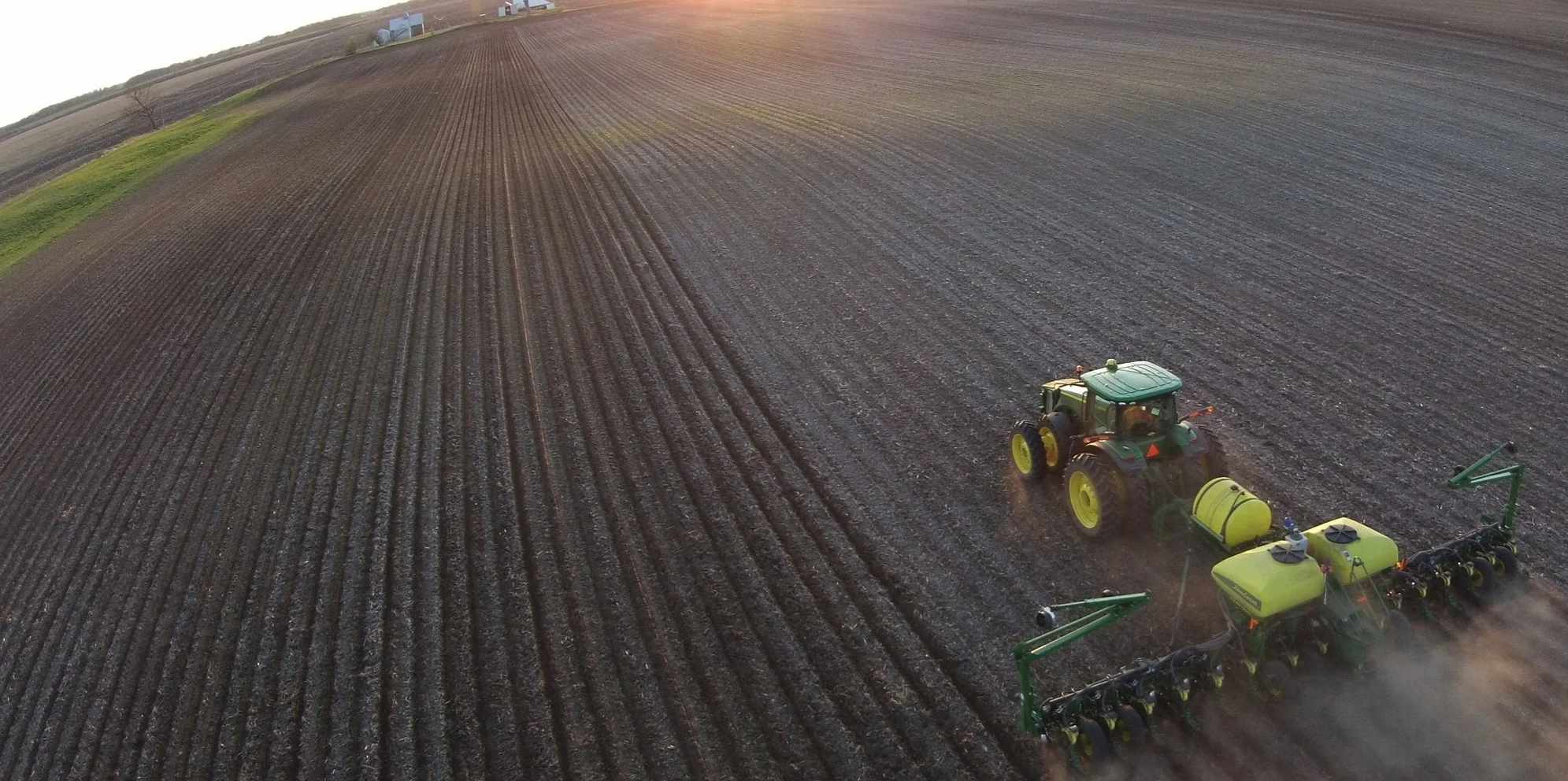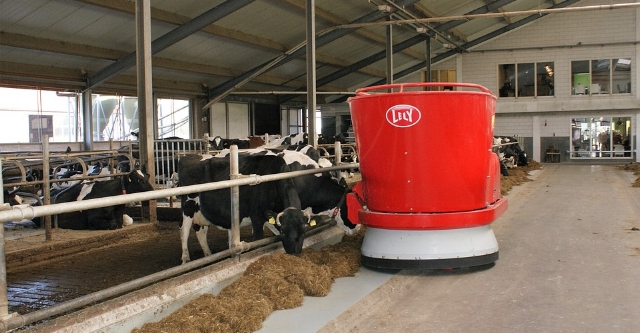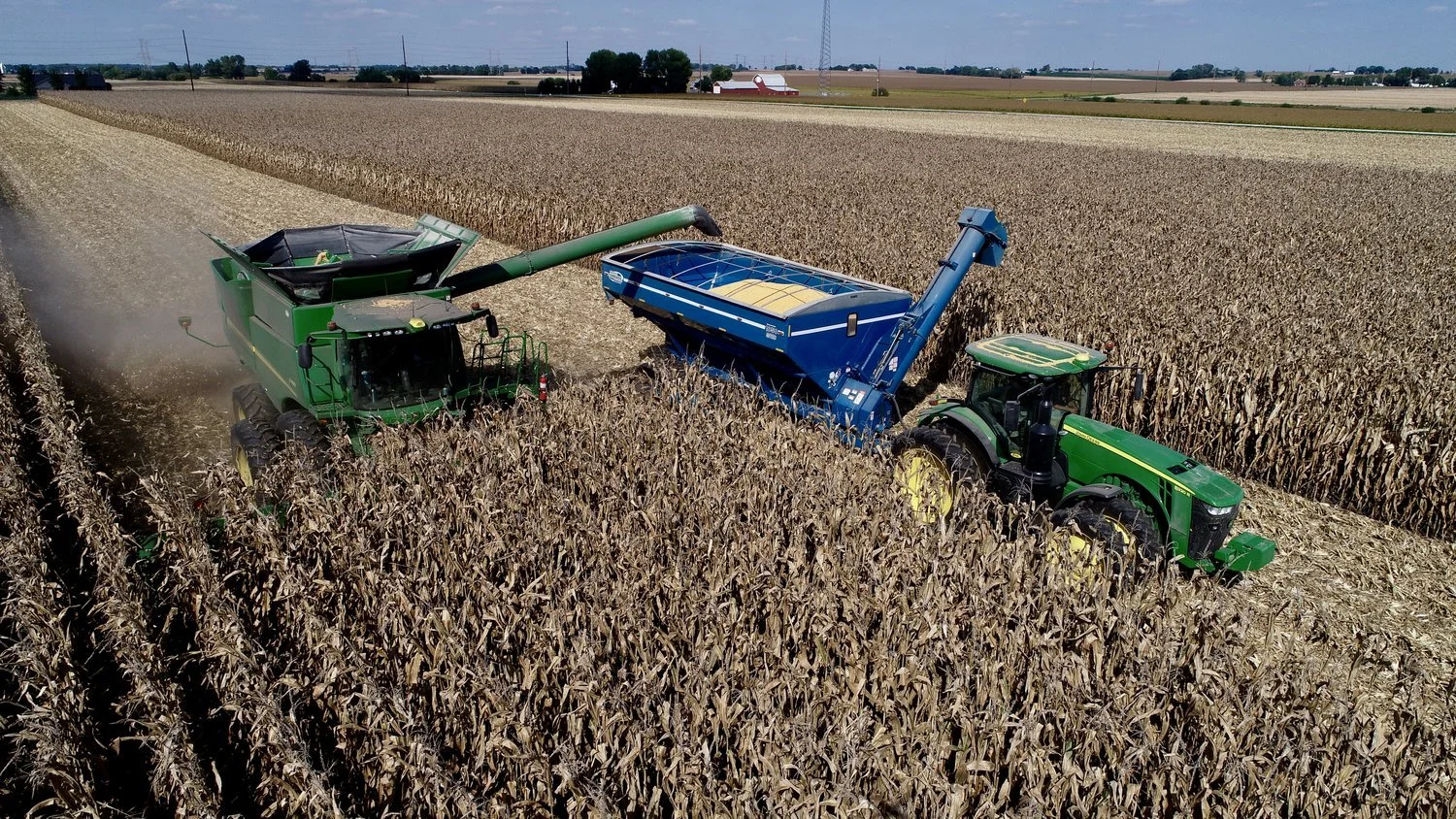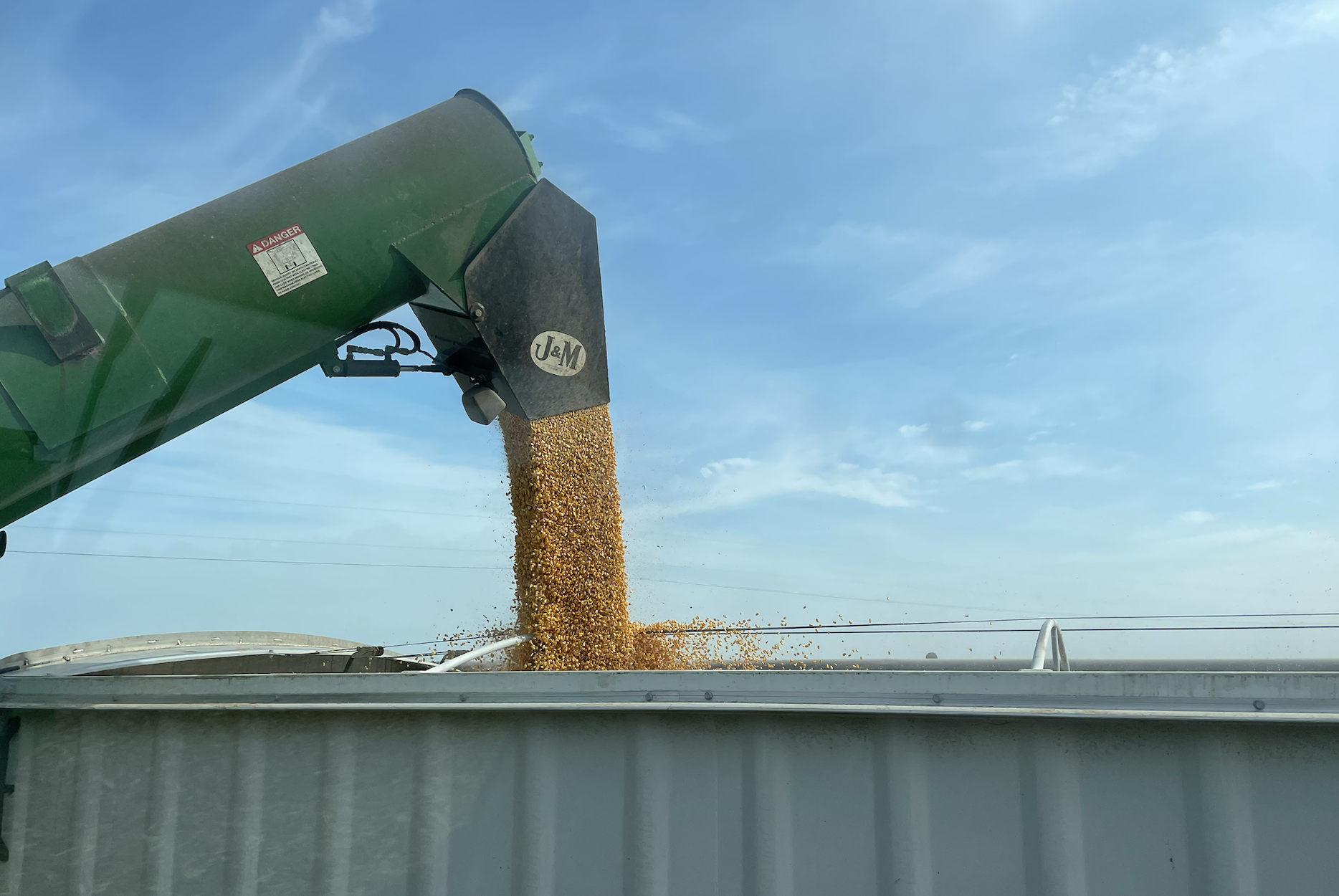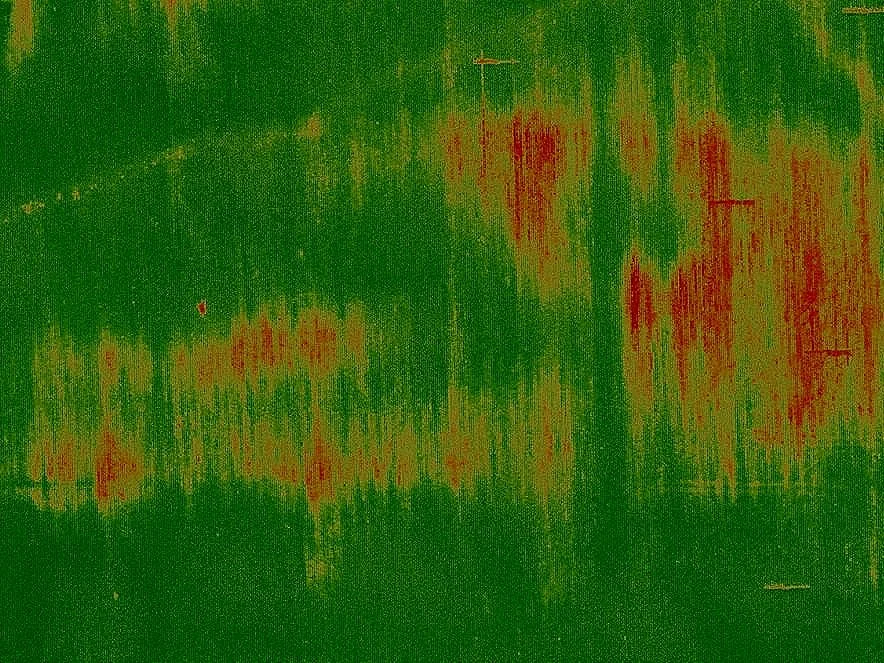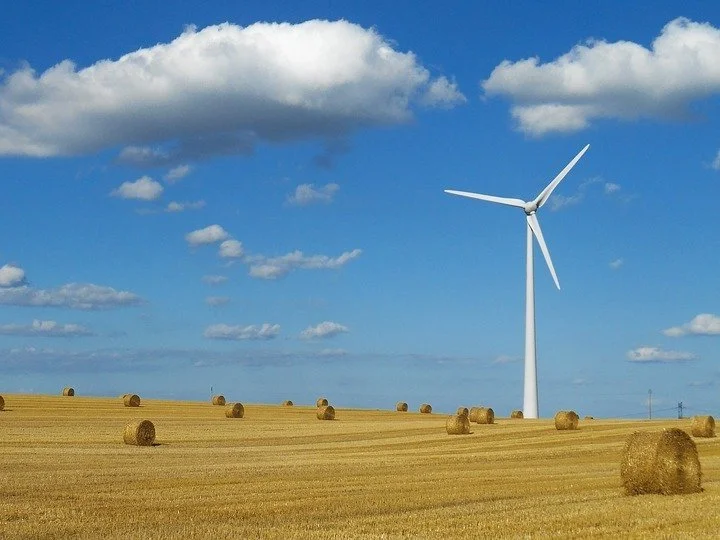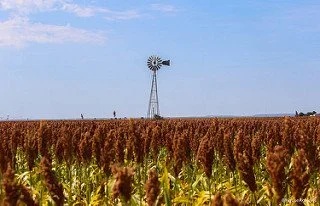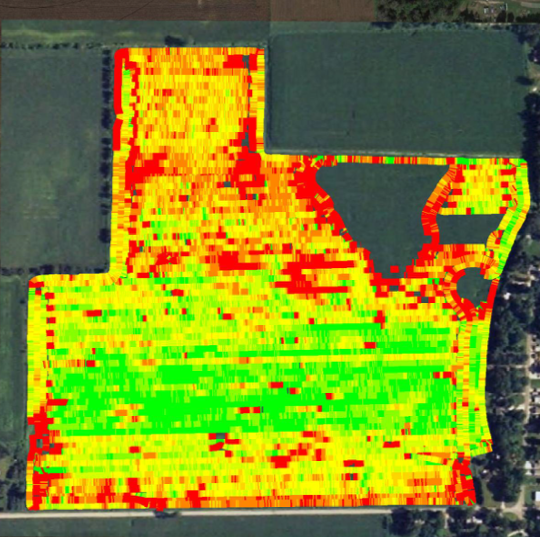Filling Potholes on the Road to Rural Broadband
/A recent WIRED article, Want to See the Future? Look at the Chips, is a must read for any ag tech professional who ponders what the future holds. The article describes Qualcomm's development of the next generation of processors and how these will work in a 5G network. The article makes no mention of ag tech specifically, but you can draw your own conclusions pretty easily.
WIRED explains that the current generation of chips in cell phones were designed for the 4G or LTE network, which is slowly growing to include all sorts of devices that were not originally planned:
[W]hen Qualcomm's engineers were working on LTE, they never imagined a world in which every device, everywhere, was connected to the internet all at once. They built LTE for phones, not for municipal water-pressure meters that need to last for decades.
With this in mind, the next generation of chips will be designed with high speed connectivity built-in, and not just for cell phones, but a variety of devices. 5G will be necessary to meet the challenge of connecting millions of new smart devices within certain geographical ares. "The ability to comprehend tens of thousands or hundreds of thousands of devices within one small geographic area," a Qualcomm official says, is one of the great challenges of 5G. "Not only connecting people, but connecting the world ... full-scale where you have not millions, but billions of these devices."
Qualcomm envisions a world where these devices (with its chips) are connected to a blazingly fast 5G network, where users cannot tell the difference between a device that is connected to the internet and one that is not. The connections will be instantaneous, "faster than what's in your home, faster than what's at work," says Qualcomm. Movies, for example, would download in seconds.
Ironically, these advancements will make devices much less complex, because they no longer will need to be able to process any data locally. All the work can be done in the cloud, making devices smaller and simpler, merely a screen, sensors, and a chip. Supercomputers in the cloud will handle the hard work, "now located just milliseconds away."
This leads me to wonder about the ag tech possibilities. Envision a farm where every device is connected to a 5G instantaneous network--every cow, every sensor on every row on every planter, every machine function, and every detail about soil, fertilizer, and weather. These super-fast connections will open the door to real-time analytics, advanced machine learning, and true autonomous farming.
But there is a big problem. America lacks a rural broadband connectivity. We are still debating how to build out the existing 4G/LTE network to reach many parts of rural America. The Trump administration's recently unveiled $200 billion infrastructure plan includes $50 billion for funding rural communities. Many have hoped this includes dollars for rural broadband development, but CNET points out that the proposal makes no mention of how the money will be used. Instead, funds will be provided to states to best rebuild or build rural infrastructure. This is a decentralized, states-know-best approach. (If the plan is approved, of course, which requires Congress).
To me, this plan suggests we are still just filling potholes on the 4G highway rather than building a new nation-wide, 5G superhighway.
While the US debates how to achieve rural broadband, WIRED explains that China is moving forward with a national approach building out fiber optic networks. WIRED explains:
China, meanwhile, is upgrading the entire country: Every day, China moves closer to its goal of having 200 million new fiber optic connections to homes and businesses — at a time when the US has somewhere between 11 and 14 million such connections. China's Ministry of Industry recently released a five-year plan calling for its domestic manufacturers to step up their production of high-end optical communications systems, so that the country's reliance on Western and Japanese companies could diminish.
The US is the leader of ag tech in the world today. But if 5G networks are built out in other countries while the US slowly struggles to build a 4G/LTE network, the ag tech "sandbox" will move elsewhere. That should worry farmers, ag tech professionals, and politicians alike.

